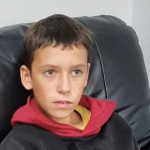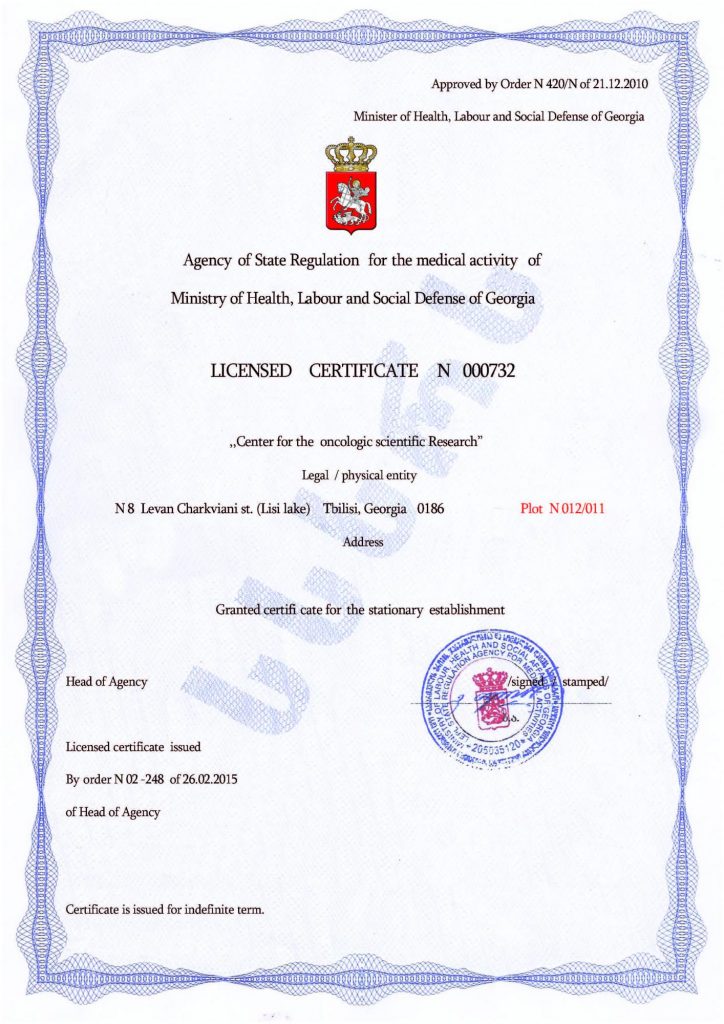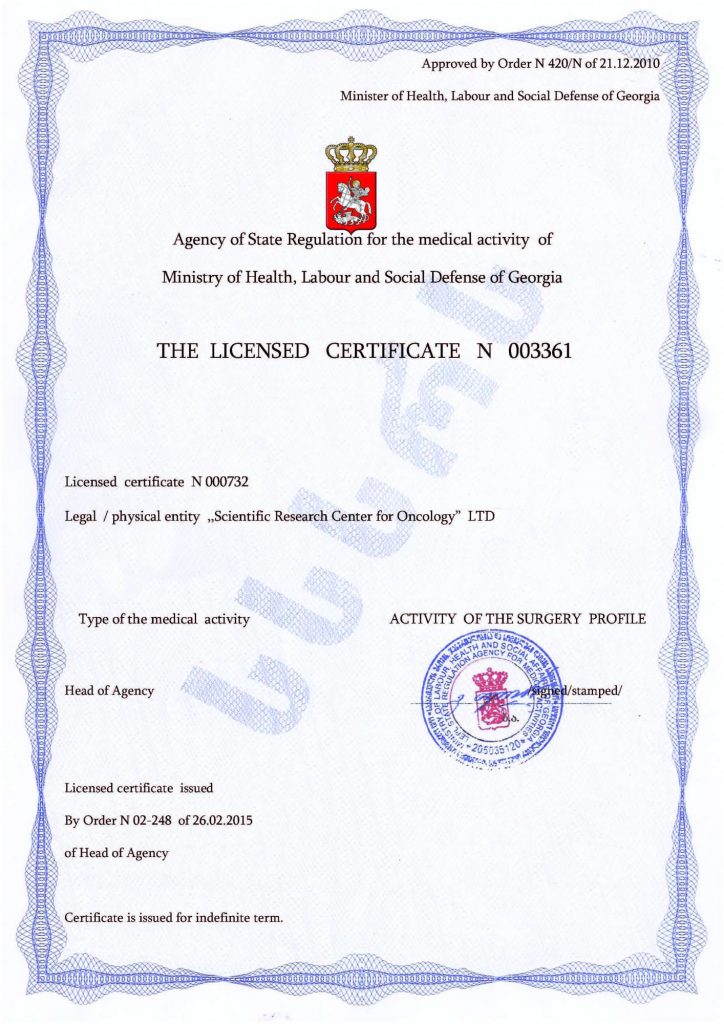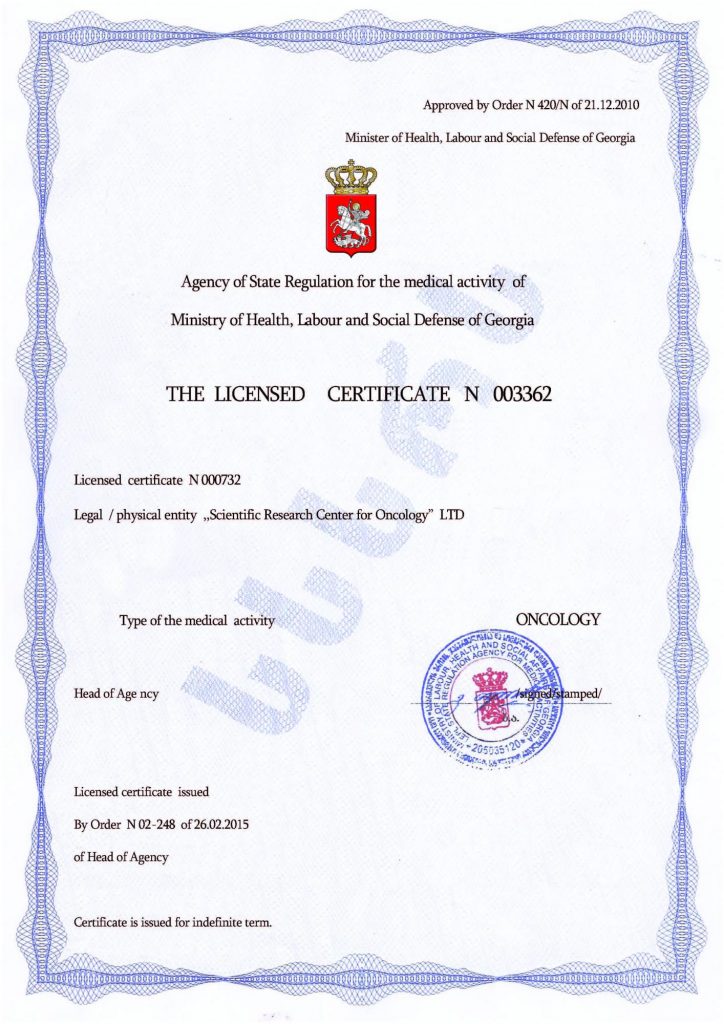Why Do People with Autism Collect Stamps?
Not all people with autism, including children, are inclined to collect stamps. However, this type of hobby can be particularly appealing and beneficial for a number of reasons related to unique cognitive and perceptual traits.
- Systematization and Categorization
Stamp collecting involves creating an organized system based on countries, years, themes, denominations, and other characteristics. Many people enjoy identifying patterns, sorting, classifying, and forming logical structures. This activity brings a sense of control, predictability, and satisfaction. - Intense and Focused Interests
Autistic individuals often have deep interests in specific topics. Philately can become such a “special interest.” It offers nearly limitless opportunities to explore the history of countries, political events, biographies, art, technology, flora, and fauna — essentially, everything depicted on stamps. This allows for full immersion in a beloved subject. - Sensory Aspects
• Visual Stimulation: Stamps are miniature works of art. Many autistic people are drawn to the visual details, symmetry, colors, patterns, and precision of the images. Observing and studying them can be aesthetically pleasing and calming.
• Tactile Sensations: Handling stamps (carefully using tweezers, placing them in albums) can provide pleasant, controlled tactile sensations. The orderliness of the process is important as well. The precision required also helps develop fine motor skills. - Predictability and Stability
The process of collecting (searching, sorting, cataloging, placing in an album) often involves following a set of rules, which can resemble a ritual. This predictability, consistency, and stability can be very comforting and help reduce anxiety for many people with autism. - Concreteness and Facts
Philately is based on concrete, measurable facts — issue dates, denominations, print runs, watermarks, perforations, and more. This level of detail appeals to those who appreciate accuracy and the analysis of objective data. - Social Interaction
Collecting can be both a solitary and social activity. It offers structured, predictable ways to interact with others — through stamp clubs, exhibitions, and exchanges. Conversations are usually focused on collections and facts, which may be more comfortable for some autistic individuals than abstract or emotionally charged discussions. - A Sense of Achievement and Completion
Finding a rare stamp, filling an empty space in a series or album, or completing a collection based on a specific theme, year, or country can bring a strong sense of accomplishment. The criteria for a “complete” collection are usually defined by the collector, allowing for personal fulfillment.
Autistic interests can be very diverse, but their depth and specificity are often the defining factors. Philately is not a diagnostic marker of autism — it’s a hobby that aligns well with certain common cognitive and perceptual traits. Collecting can bring joy, motivation, stability, and even professional growth. It’s not a “quirk,” but rather an important part of life and self-regulation for many autistic individuals. It’s a structured, visually and factually rich world that provides predictability, sensory pleasure, and opportunities for meaningful achievements.
A Word on Treatment: The Role of Cell Therapy
It would be a mistake to believe that any hobby alone can address the manifestations of autism spectrum disorders without targeting their root causes. The best chance of overcoming neurodevelopmental challenges may come through cell therapy.
Currently, this is the most effective, safe, and natural method for treating autism and its symptoms. The core idea involves transplanting stem cells derived from the patient’s own body, eliminating the risk of rejection. Once introduced, these cells can transform into various types of healthy cells, replacing damaged ones. This process leads to normalization of brain and nervous system functions, behavioral stabilization, accelerated development, improved skill acquisition, and a noticeable reduction or even disappearance of autism symptoms. The effects can last for years — in many cases, for life — and greatly enhance the effectiveness of other supportive interventions.
Cell therapy may become the primary treatment approach for autism and associated conditions in the future. For now, it is actively practiced by advanced clinics worldwide, including the Mardaleishvili Medical Center. This center possesses extensive data on successful stem cell transplantations, attesting to the safety and promise of this therapy.
Highly qualified specialists at the center are well-trained, conduct scientific research, participate in international conferences, and have vast experience. Their ability to achieve optimal outcomes is supported by access to the latest medical technology. The overall level of care meets the strictest standards, with costs lower than in many other countries. The clinic is conveniently located, and another benefit is the assistance staff provide with travel planning and accommodation during the short rehabilitation period.
Cell therapy — a way to discover the whole world!
Autism Treatment Center Videos
Autism treatment with own stem cells
Cord blood association congress
International Quality Crown
Autism Treatment Reviews
Autism treatment with own stem cells
The story of Alessandro (6 years old)
Autism Patient Testimonial - Stem Cell Treatment
Clients Testimonials

Review by Anastasia, mother of Yusup (8 years old) Read More

Feedback from Nathalie, mother of Andre (9 years old) Read More

Feedback from Yulia, mother of Emily (7 years old) Read More

Feedback by Everita, Katrina’s mother (5 years old) Read More

Feedback from Igor, David’s father (12 years old) Read More












